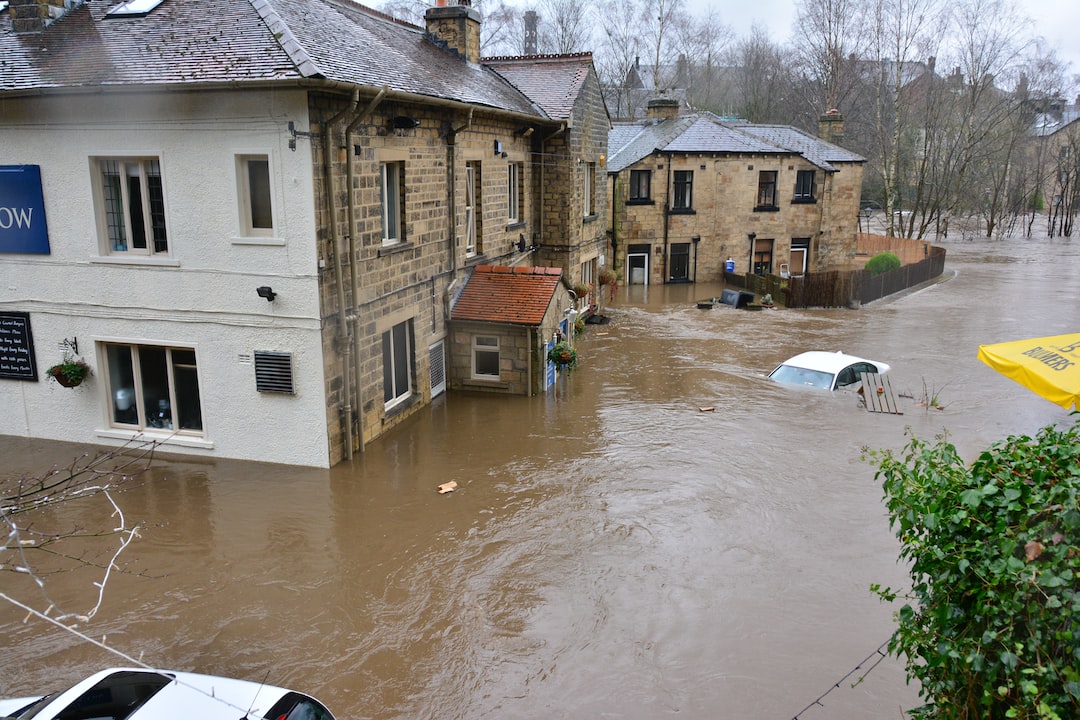For the majority of the nation, spring is considered “flood season”. This is mainly due to melting snow in combination with April and May rain. This can result in an increased level of water in lakes, streams, and rivers. This could be a huge problem for major flooding. If you are a homeowner and deal with issues as such, you could end up in need of a major water damage restoration. Read on to learn everything there is to know about spring floods and their causes.
Causes of Spring Flooding
Here are some of the most common causes of spring flooding:
Snow Melt from an Increase in Temperatures
Quick warmups and temperatures that remain warm throughout the night can cause flooding problems . A rapid increase in temperature equals a rapid increase in the rate at which snow begins to melt. Warm temperatures are to blame. When temperatures remain warm overnight, the snow will continue to melt. In contrast, the slower the snow melts, the less chances there are for flooding to occur.
Rainfall During the Spring
With spring comes a lot of rain. Many times, the snow hasn’t even had a chance to completely melt before the rain moves in. This is especially true in the Sierra Nevada Mountains and the Pacific Northwest.
However, this issue does not just happen in the western part of the nation. The Northeast region is also susceptible to issues related to snowmelt flooding because of the rain. In the Midwest, it is more common to see a lot of rain in the later parts of winter and spring.
Blame the Soil
The soil could also be to blame when it comes to spring flooding. This is mainly due to the soil’s ability to store water. This has a major effect on flooding. Major factors to keep in mind are the moisture content of the soil and the amount of water it will be able to store when the snow begins to melt.
For example, if the soil has already been soaked enough from the rain in the summer and fall, it will be unable to store any additional runoff.
Reducing Your Risk of Spring Flooding
Floods don’t have to be extreme to cost you a ton of money in repairs and damage. Also, you don’t have to live in an area that is more prone to flooding to sustain flood damage.
The best way to reduce your risks of spring flooding is by preparing now. This means that you should:
- Consider putting an emergency kit together
- Keep important documents in a safe, dry location
- Create an evacuation plan for you and your family
- Gather supplies that you’ll need in the event of a storm
- Strengthen the foundation and structure of your home
- Look over your insurance policy
Keep in mind that flood insurance is the only insurance coverage that will take care of flood damage. Most homeowner insurance coverage does not cover damage from flooding. It also takes approximately 30 days for a brand new flood policy to go into effect. This means that you should start planning early.
Following spring flooding, always make sure that you check for any damage in the structure of your home as well as to your sewer, gas, electric, and water lines. Get rid of wet content right away, including bedding, furniture, and carpeting. Doing so will prevent the growth of mold, which can quickly settle within 1 to 2 days.



